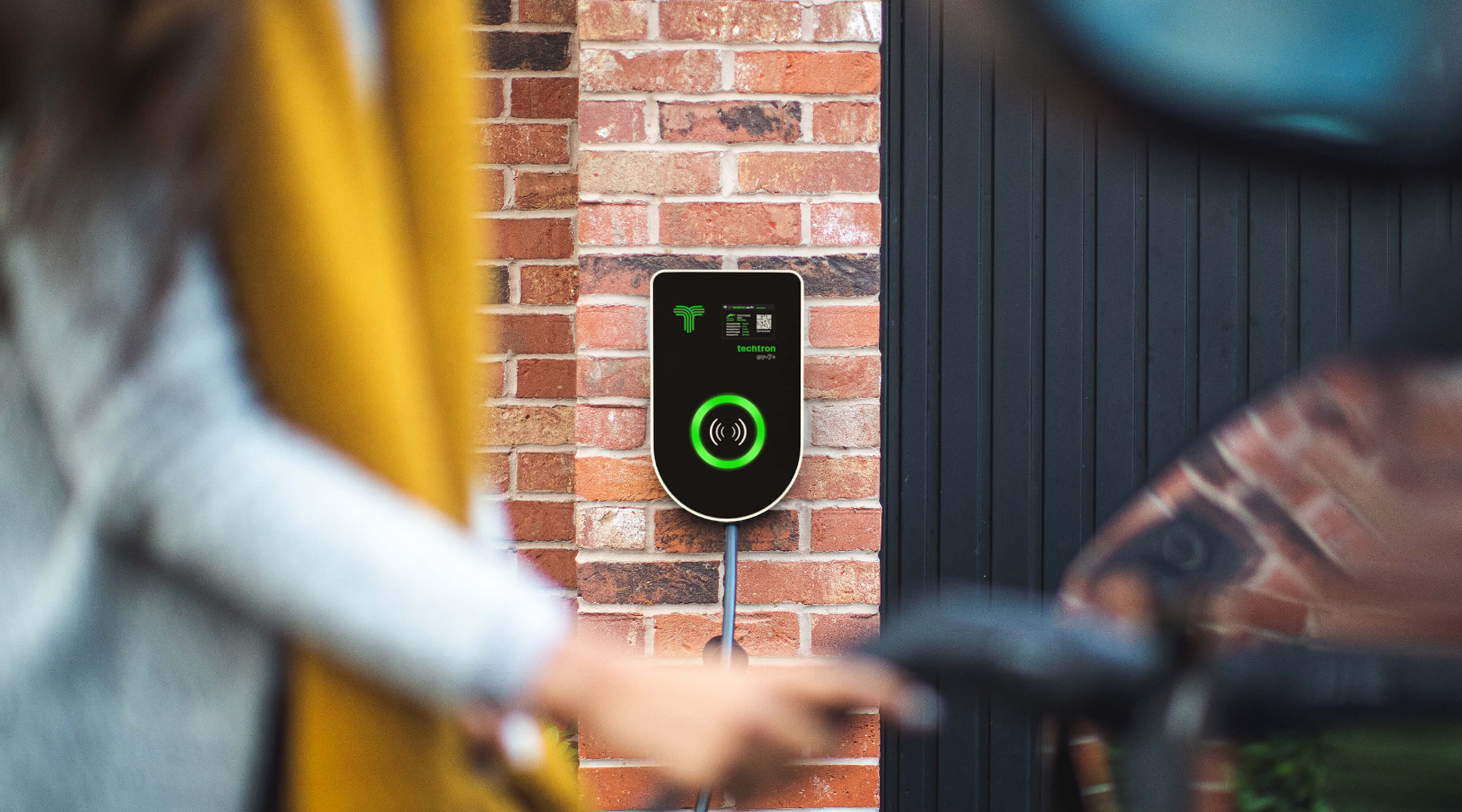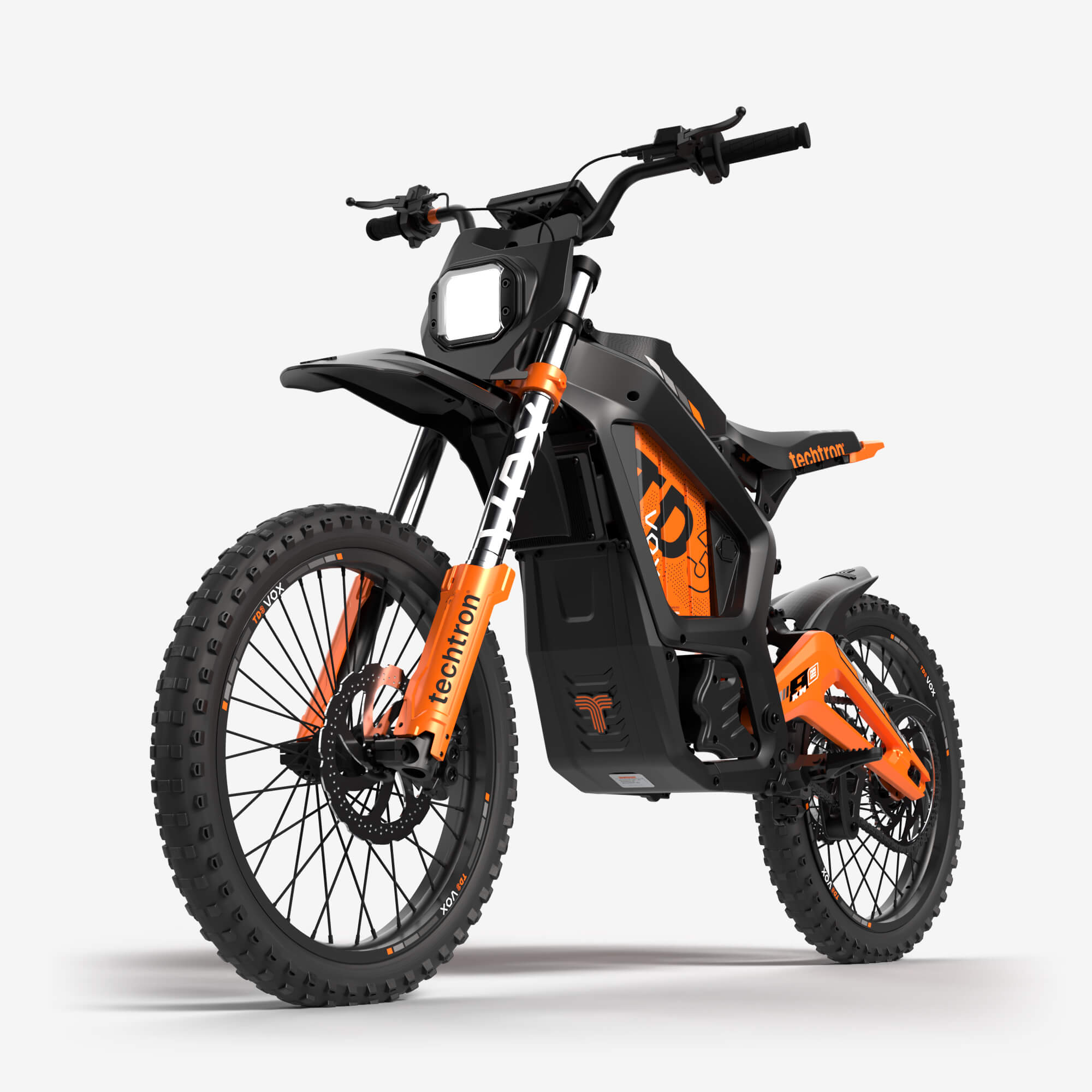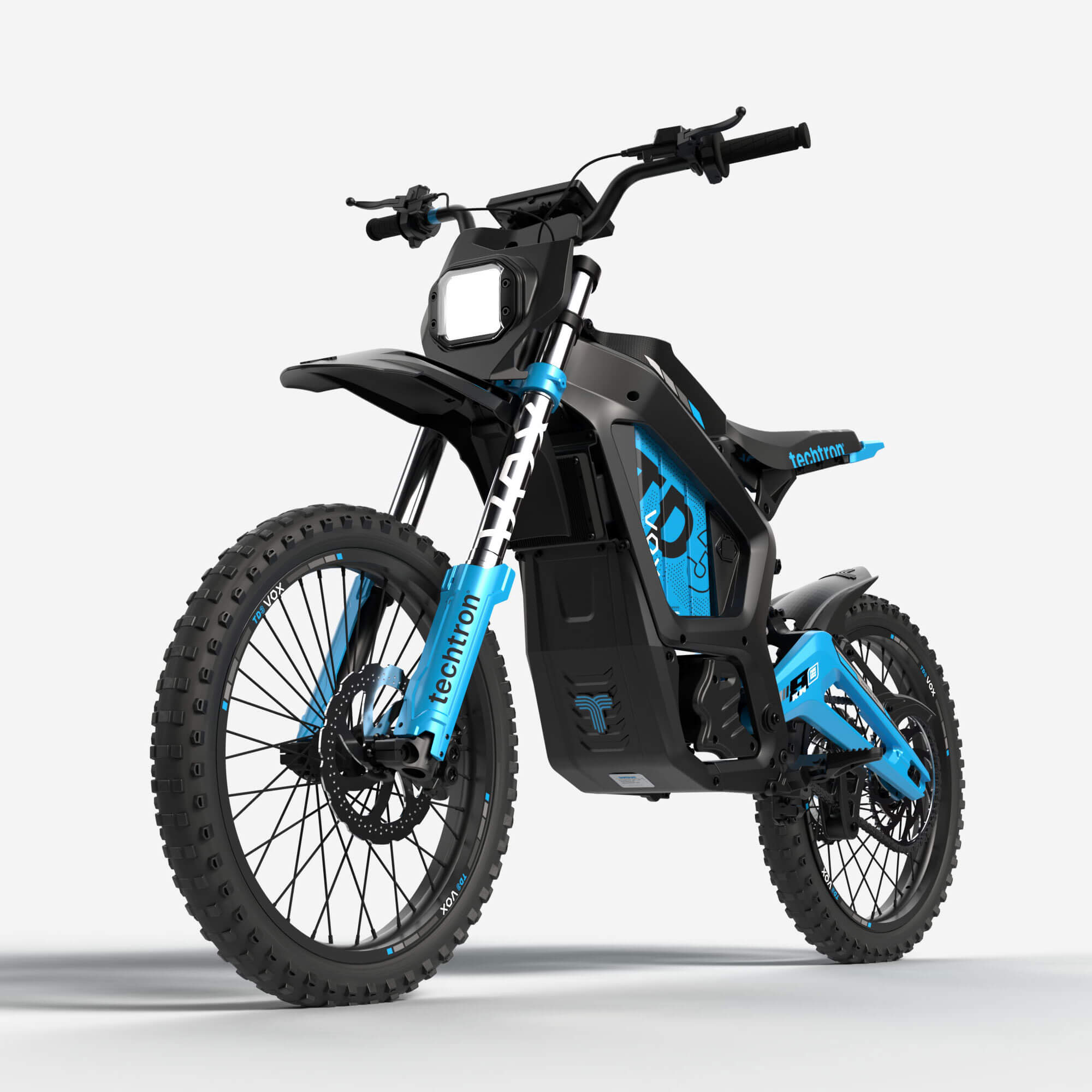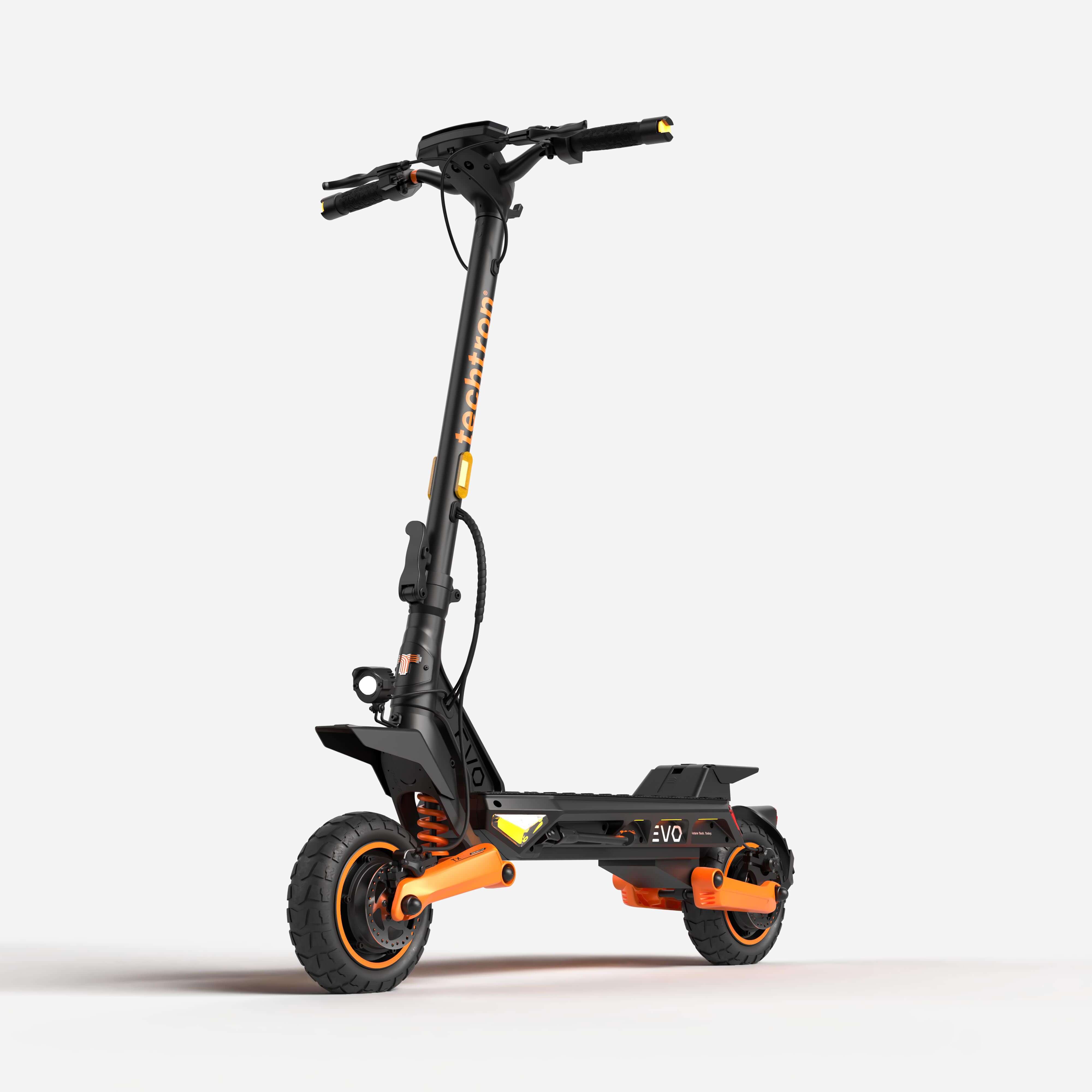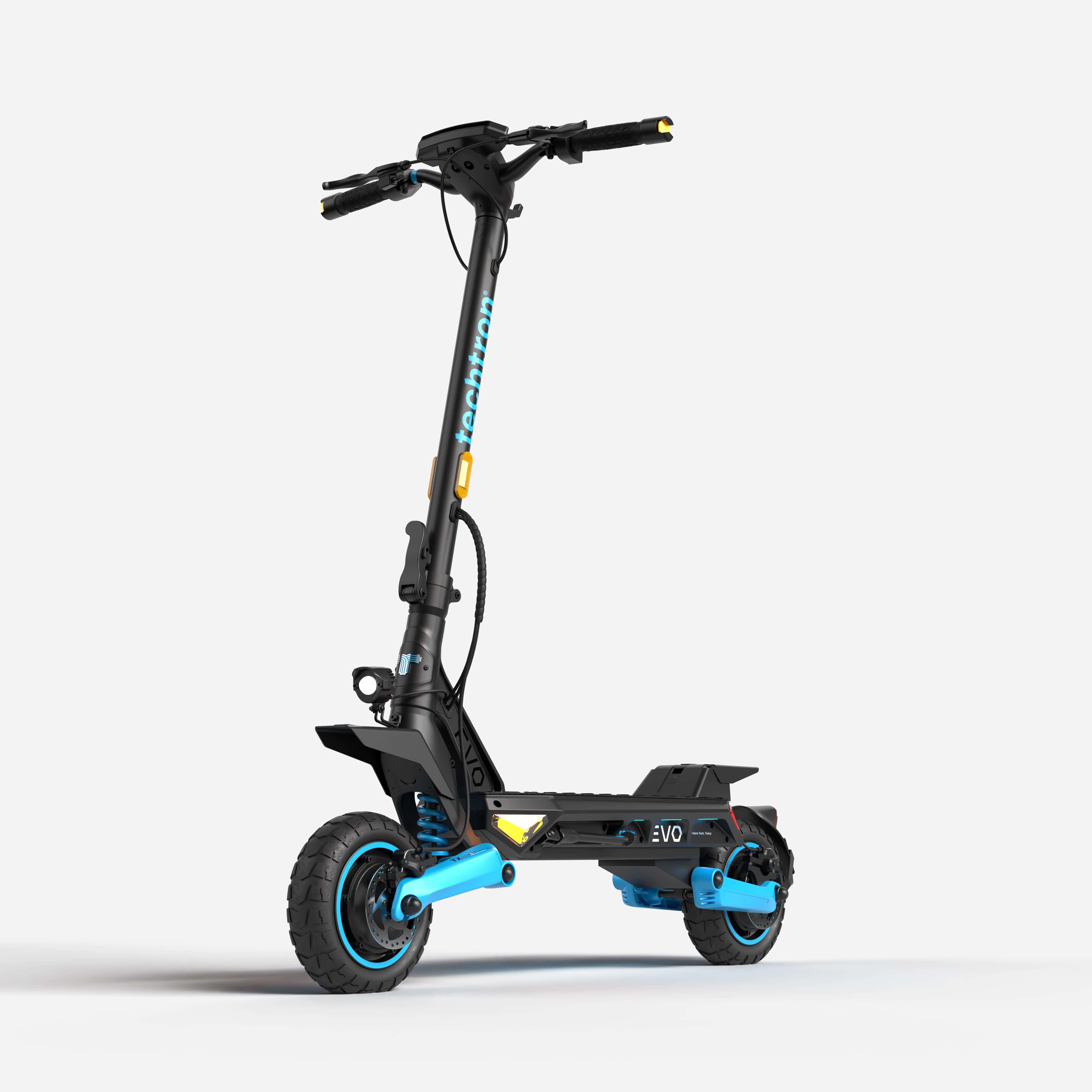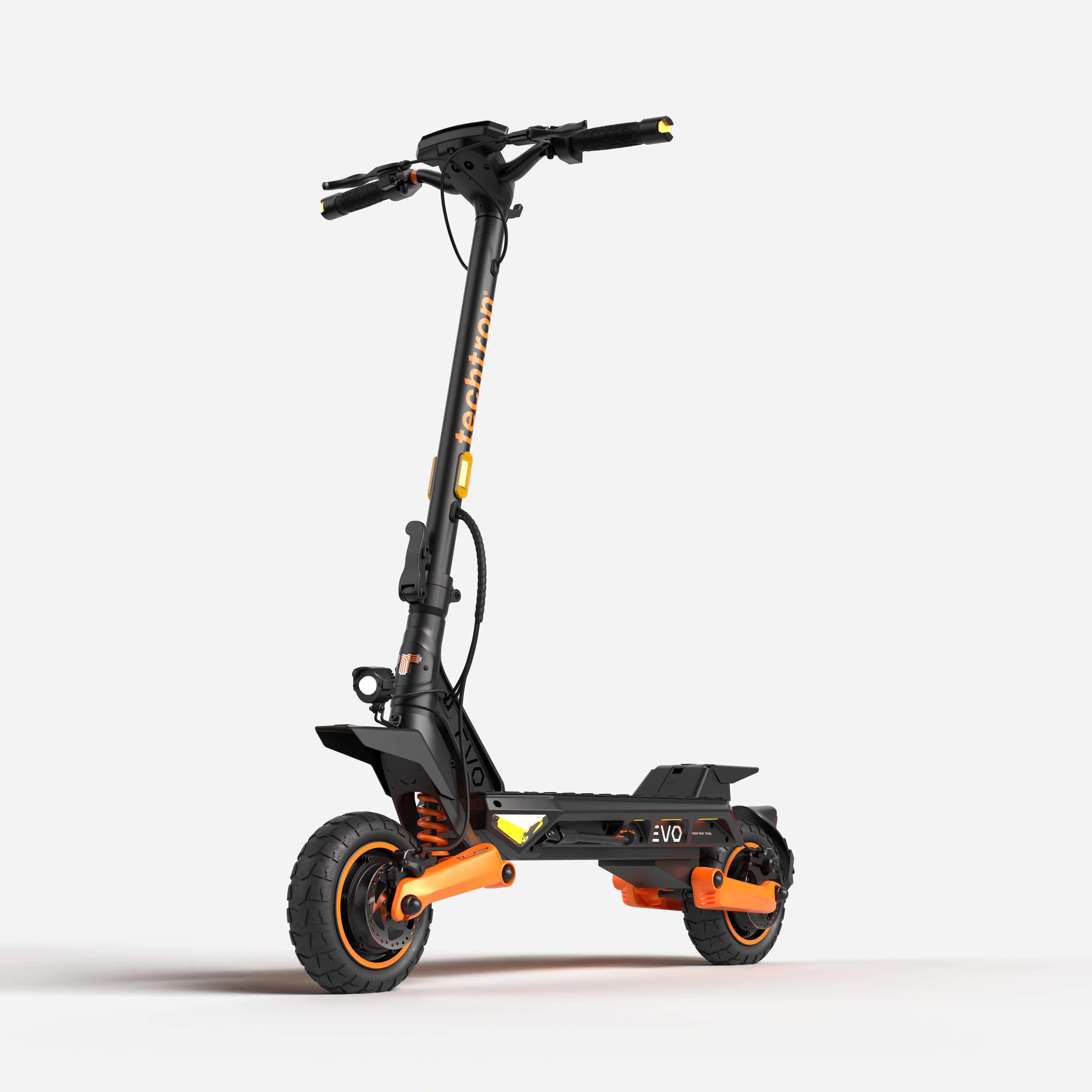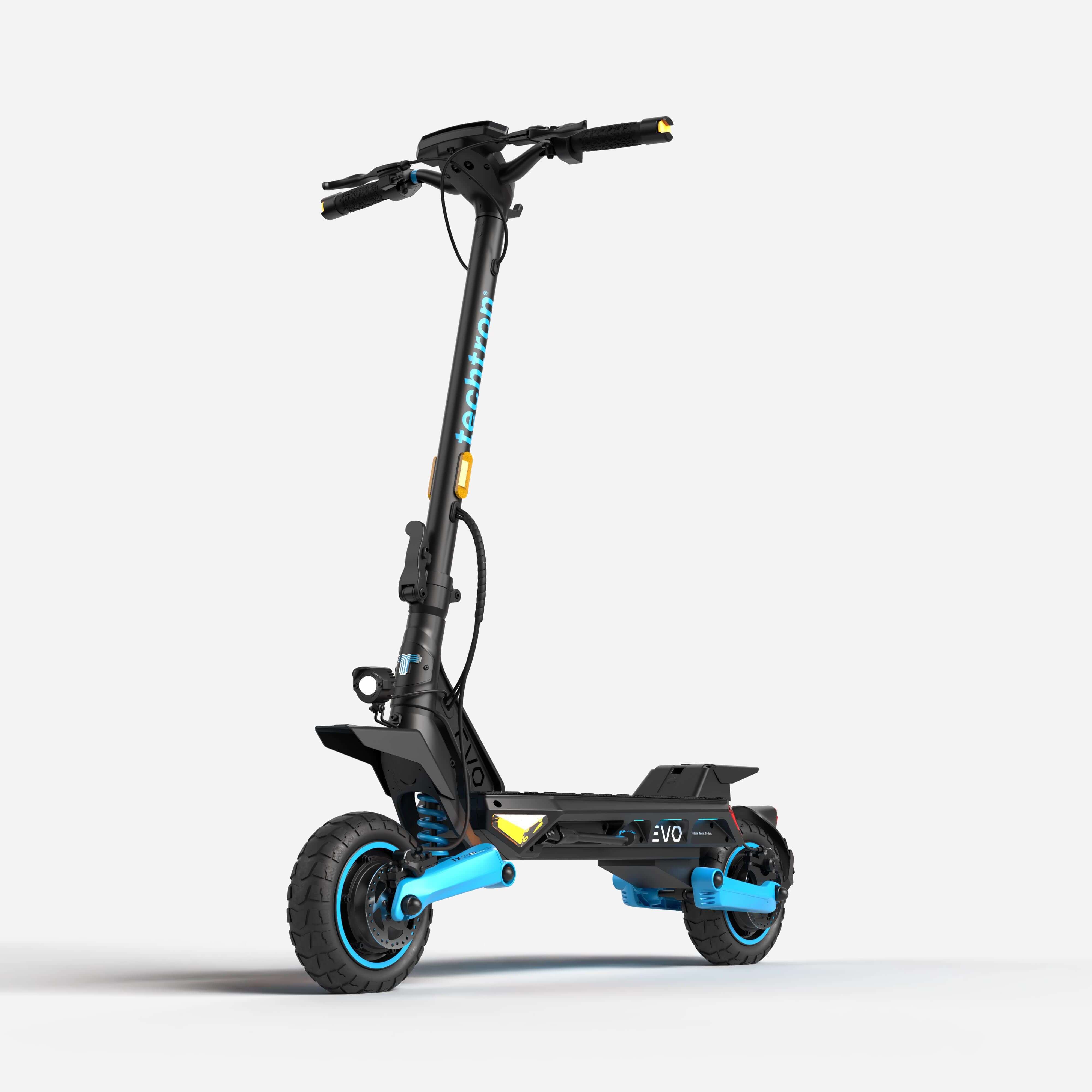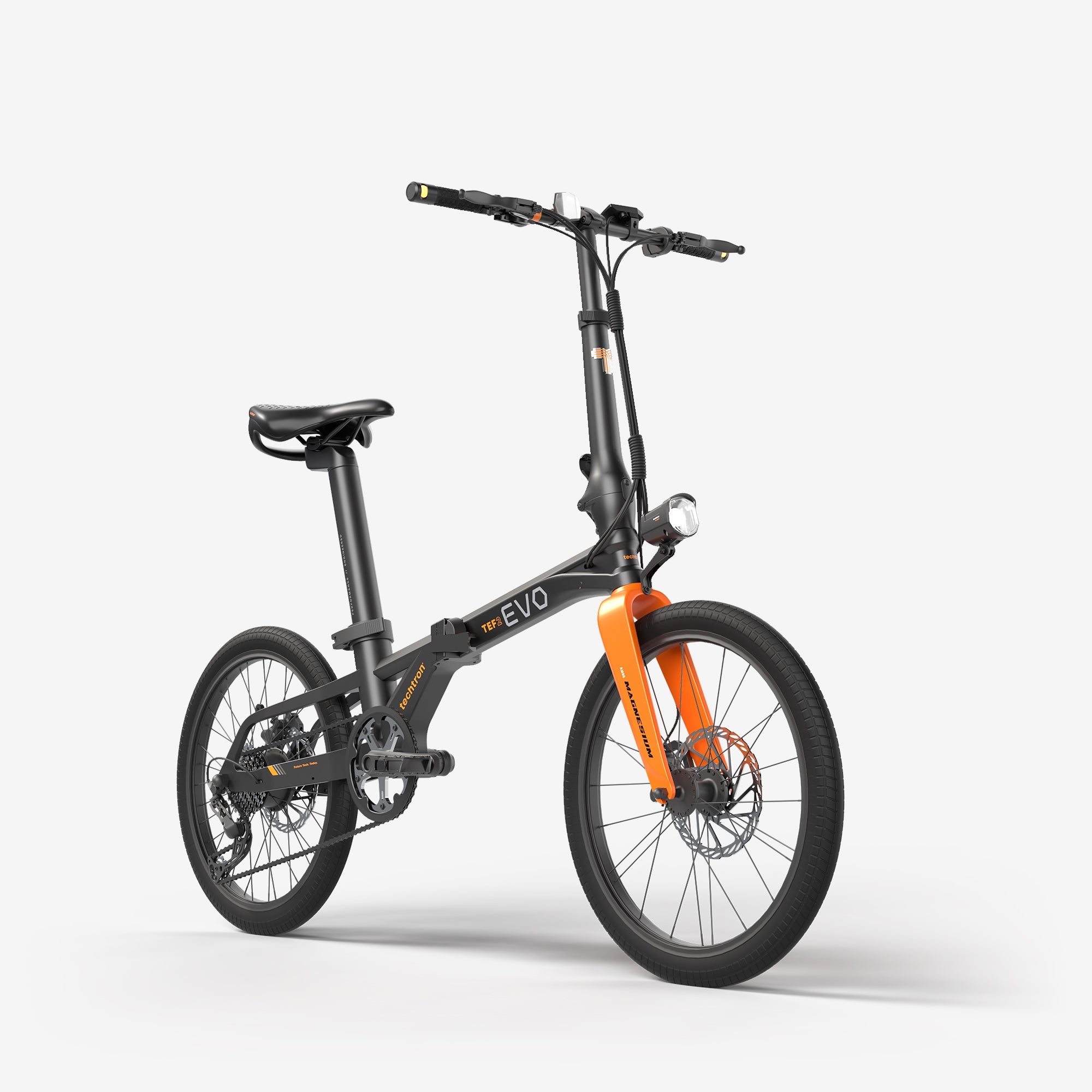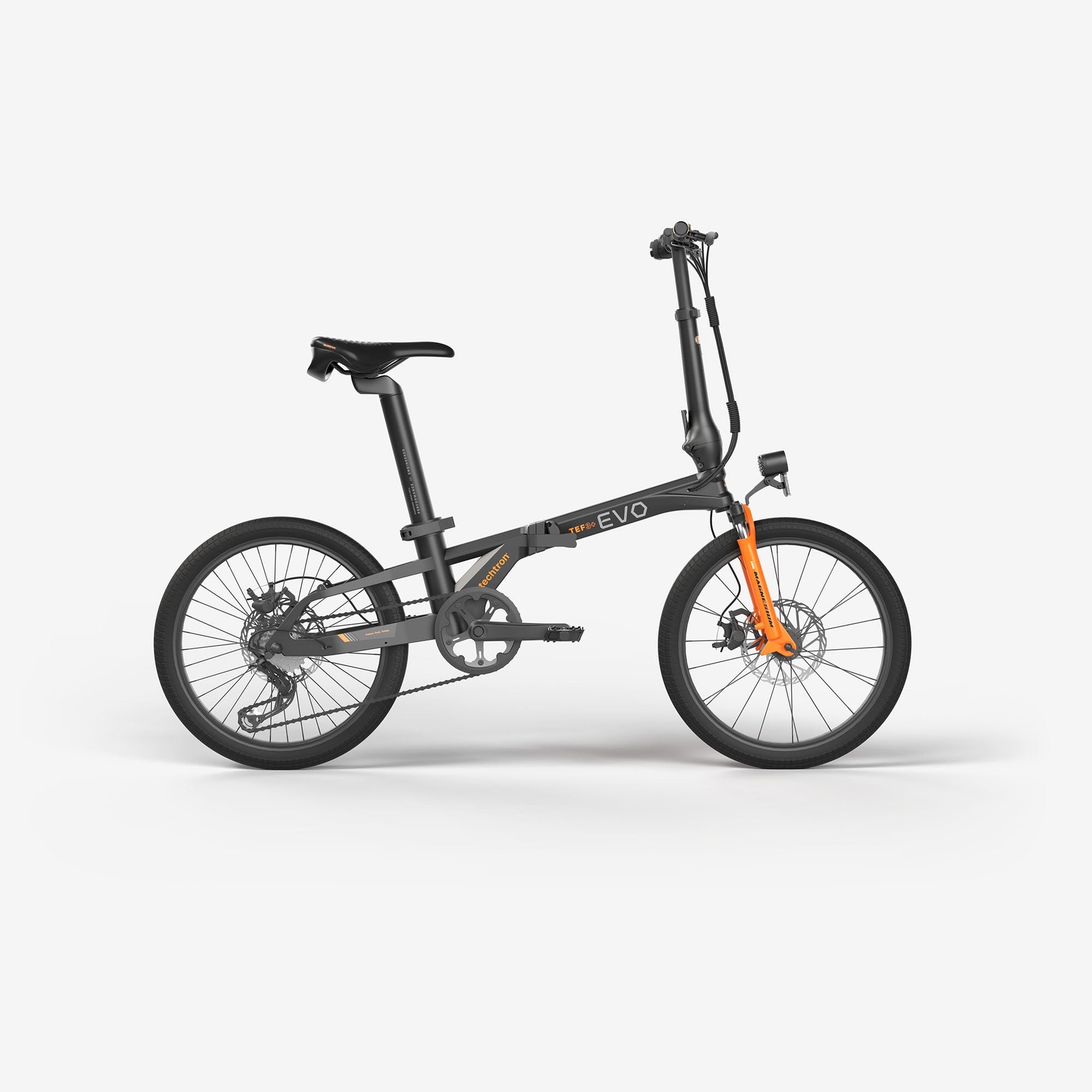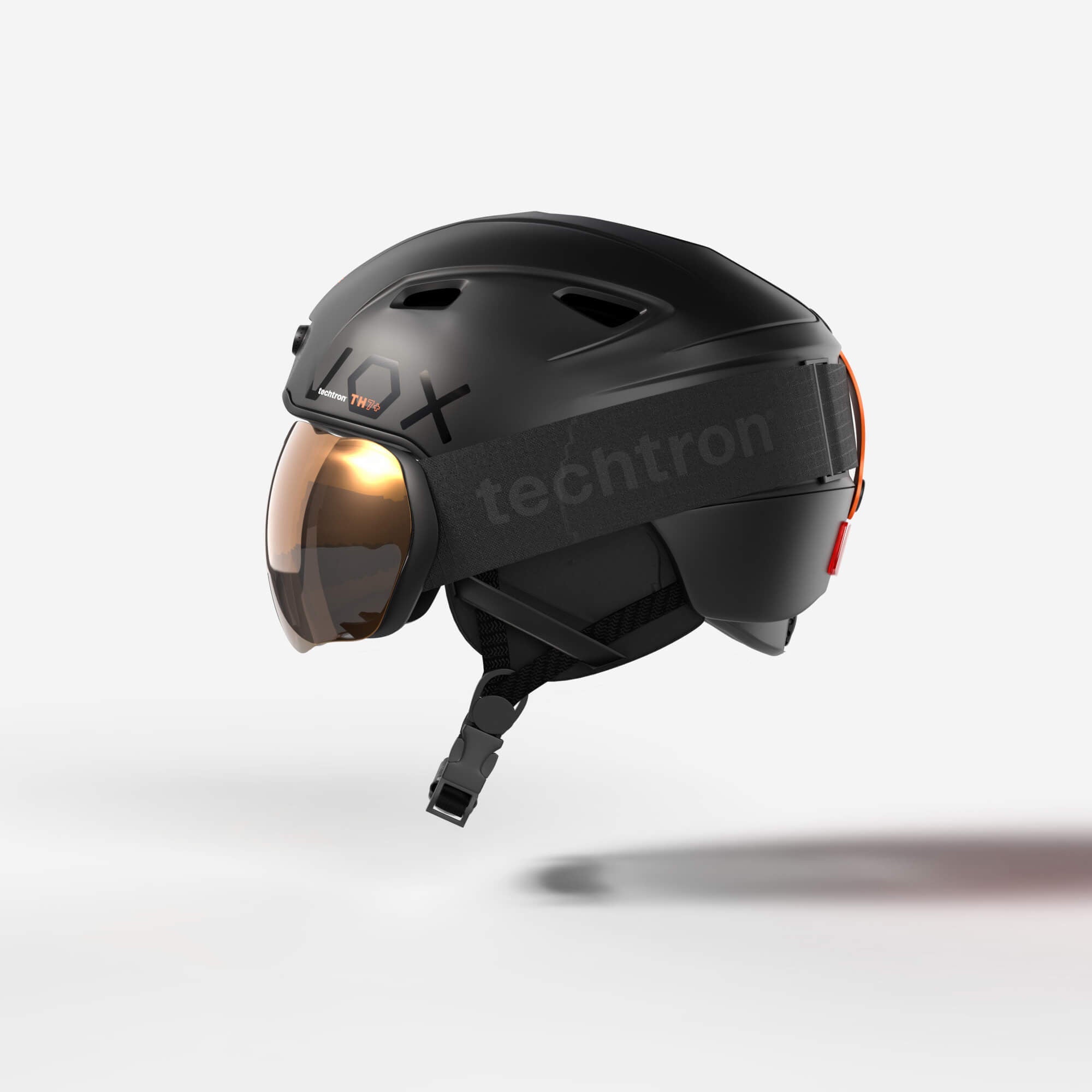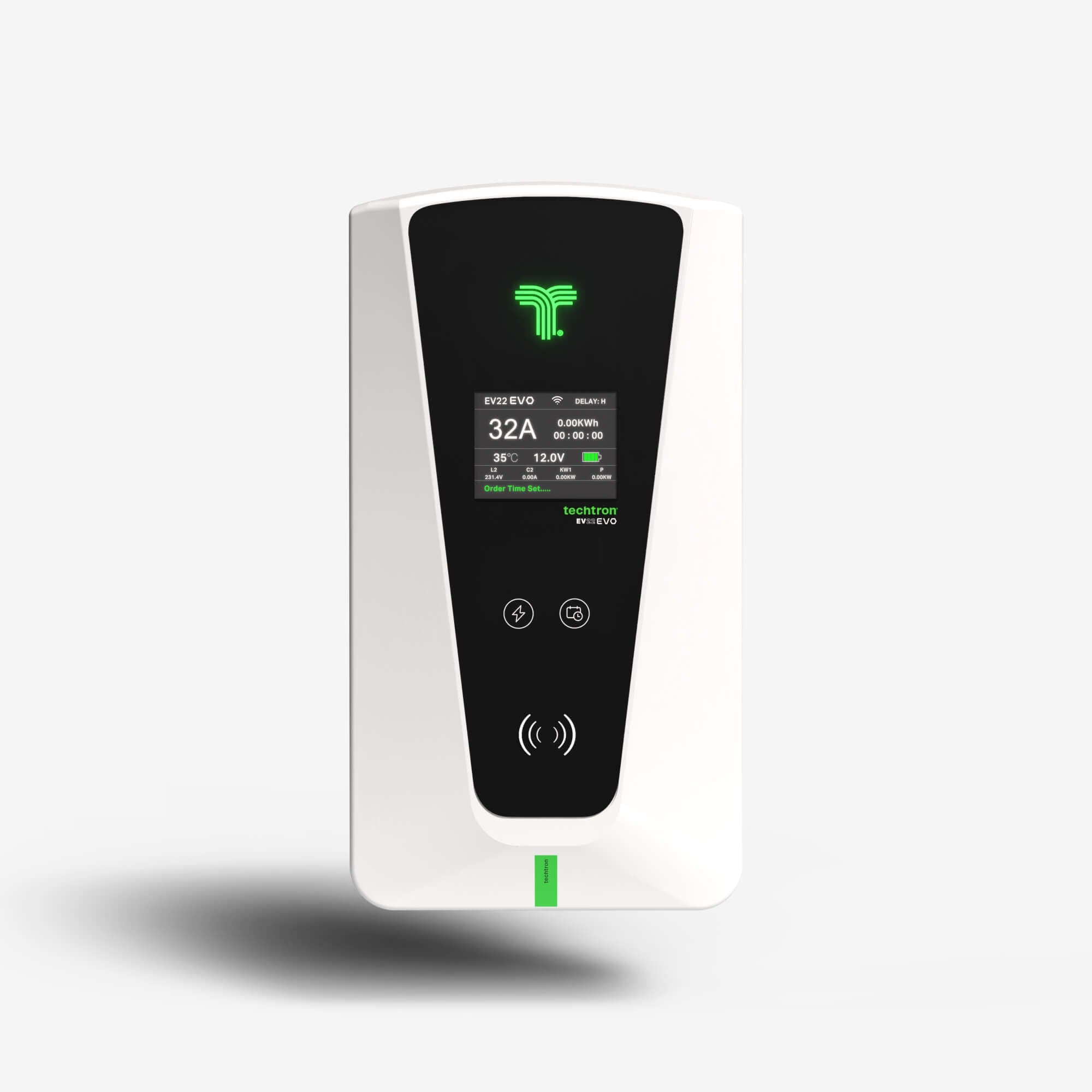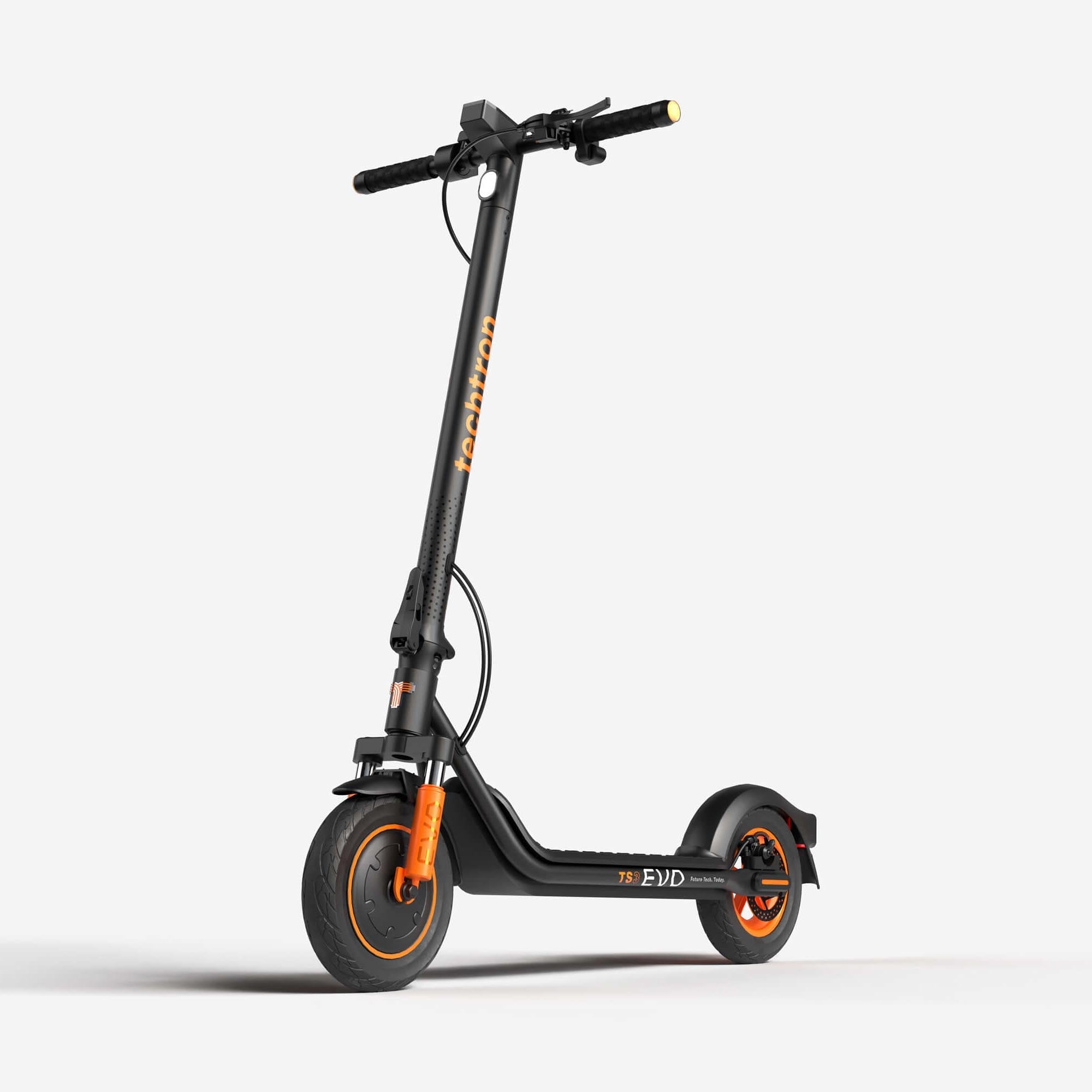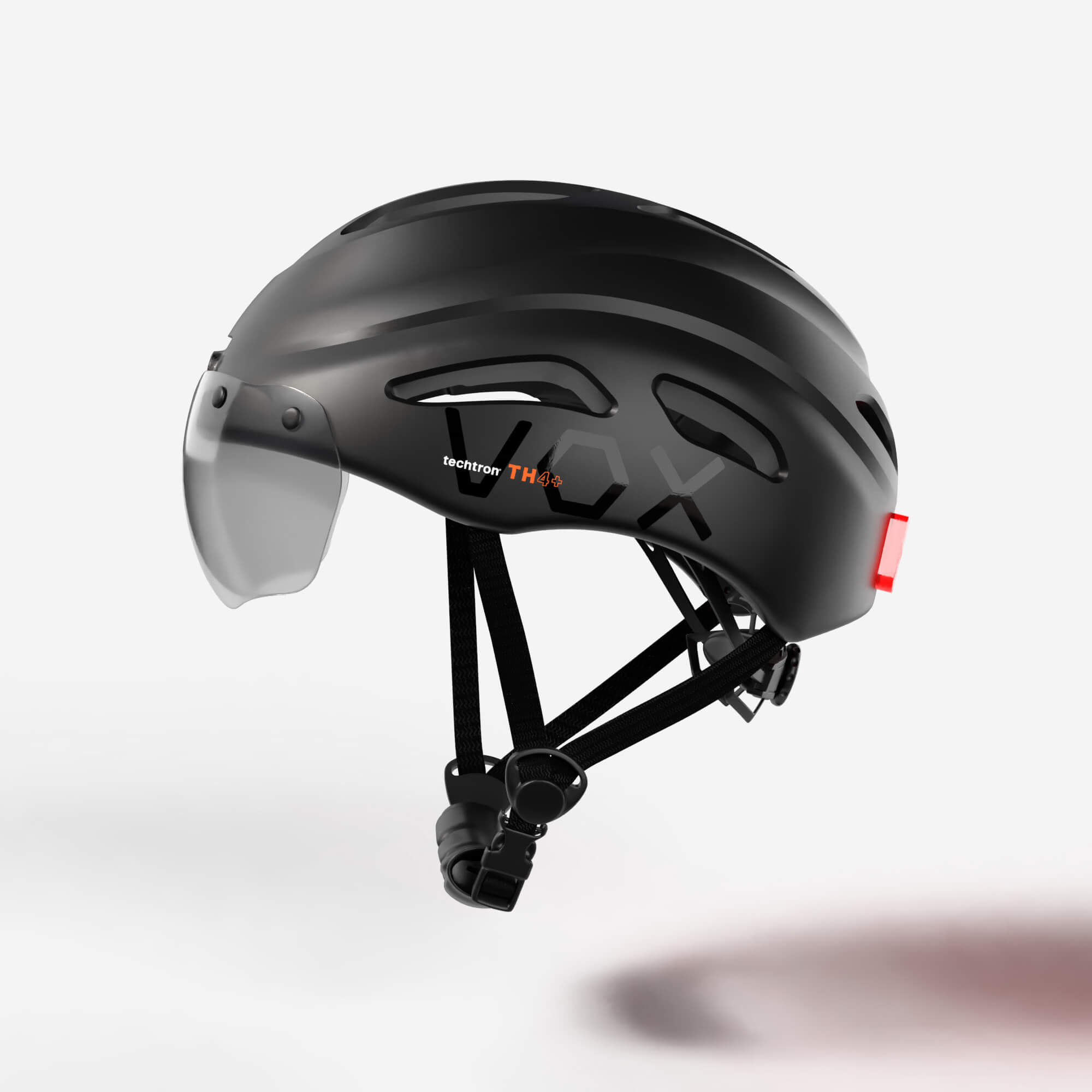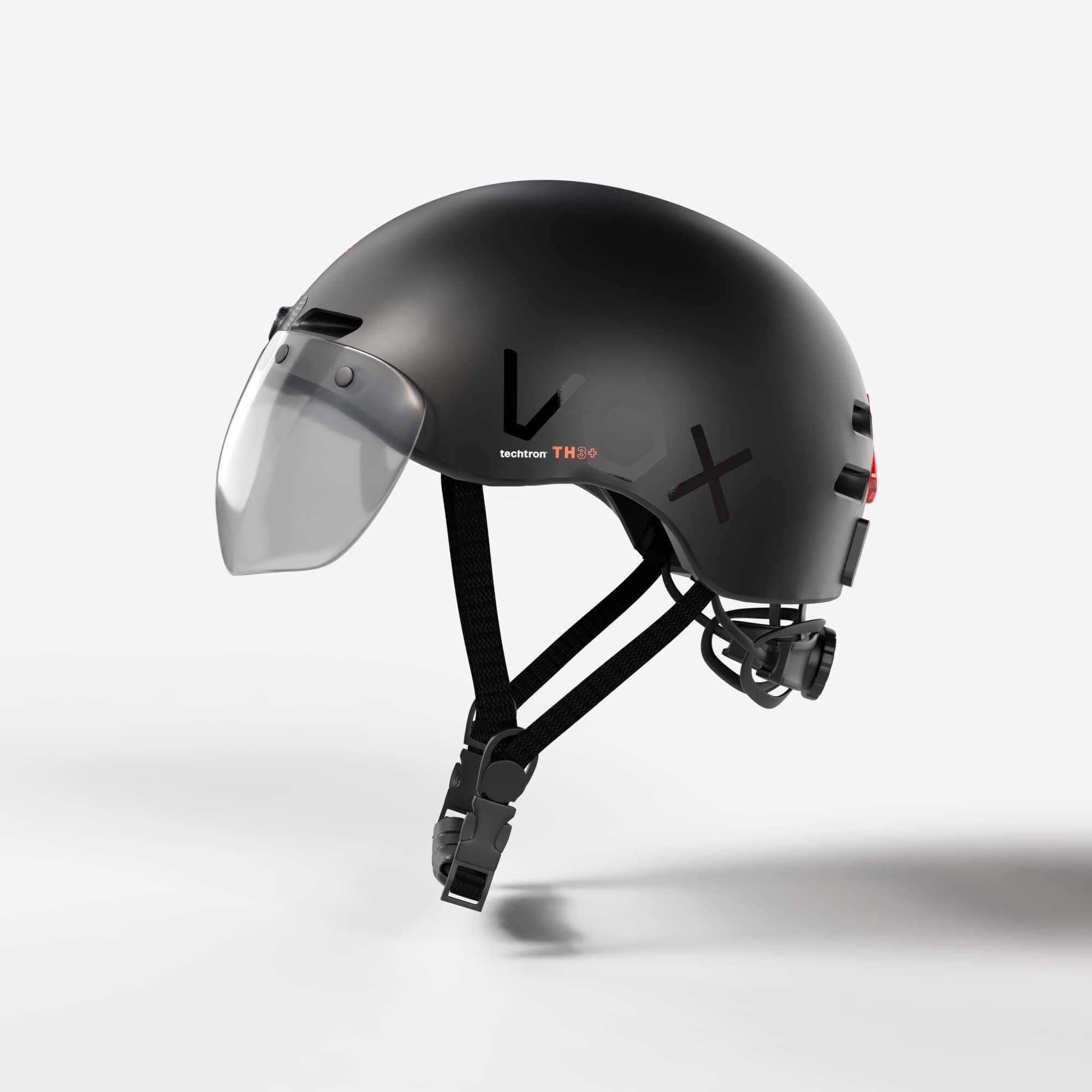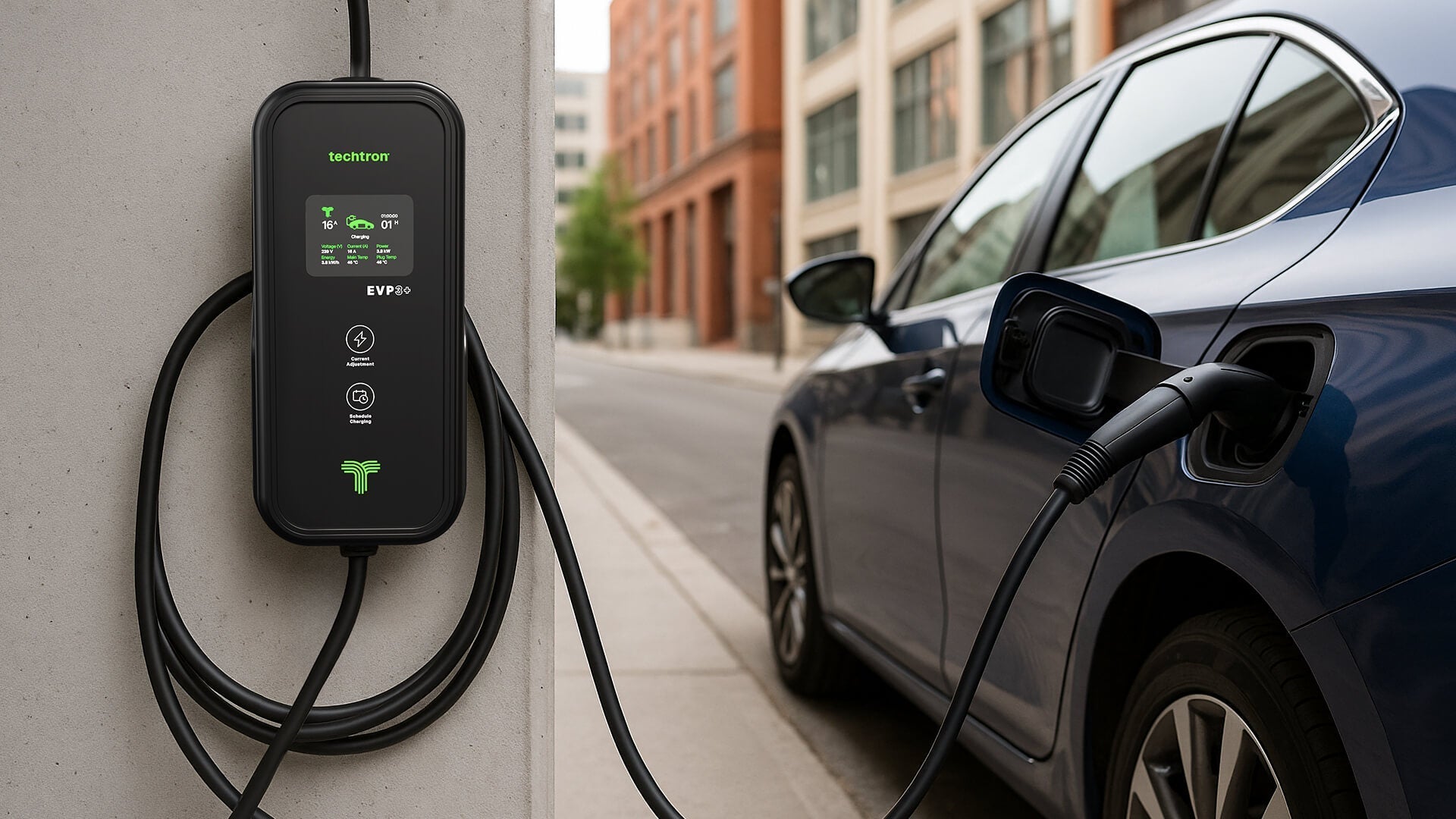
Why the EVP3 Power Stops at 3.2 kW (UK) / 3.6 kW (EU): The Definitive Guide
Introduction: Unpacking the Power Puzzle
Portable EV chargers offer immense convenience, but the EVP3's power limits (3.2 kW UK, 3.6 kW EU) often raise questions. These aren't arbitrary; they're carefully determined by safety regulations, economic realities, and practical considerations. This guide explains these fundamental reasons, providing clarity for all stakeholders and appreciating the EVP3's design philosophy, which expertly balances performance, safety, and true portability.
1. The Unyielding Limits of Sockets and Fuses
The power output of any portable charger is fundamentally constrained by the electrical infrastructure it connects to. Domestic sockets and their associated fuses are designed for specific, safe current loads. Exceeding these limits poses significant risks, including overheating, equipment damage, and fire.
1.1 UK: The 13 Amp Guardian of Domestic Safety
In the UK, the standard 3-pin (BS 1363) domestic outlet is fused at 13 Amperes (A). This fuse is a critical safety device, designed to trip and break the circuit if the current drawn exceeds its rating, preventing wiring damage and fire hazards. While a 13A fuse theoretically allows for approximately 2.99 kW (at 230V), continuously drawing current at or near 12-13 A for extended periods can lead to overheating of the plug and flexible cable. This can compromise insulation, void the socket manufacturer's warranty, and even lead to insurer objections in a fire claim. The EVP3's 3.2 kW limit directly addresses these safety and regulatory constraints, ensuring operation within the safe parameters of the ubiquitous BS 1363 socket.
1.2 EU: The 16 Amp Commando – A Portable Powerhouse
Across the EU, the common 16 Amp blue "commando" socket (EN 60309-2), often found in driveways and campsites, is designed to safely support a continuous power draw of up to 3.6 kW (at 230V). This robust socket is suitable for higher-power portable devices like EV chargers. However, exceeding this 3.6 kW threshold with a portable solution demands a significant upgrade in electrical infrastructure, typically requiring a hard-wired charger or three-phase power. At this point, the charging solution loses its true portability, necessitating specialized installations not readily available in typical domestic settings. The 3.6 kW limit represents the practical and safe maximum for a genuinely portable charging solution using common infrastructure.
2. Navigating the Labyrinth of Wiring Regulations
Beyond physical socket limitations, stringent wiring regulations in both the UK and EU significantly influence the safe and compliant power limits for portable EV chargers.
2.1 UK's BS 7671:2022 (Amendment 2): Safety First, Always
UK electrical safety is governed by BS 7671:2022 (Amendment 2), the 'Wiring Regulations.' These standard mandates internal 30 mA Residual Current Device (RCD) protection, which quickly disconnects the circuit upon detecting a current imbalance (indicating an earth fault). It also requires 6 mA DC protection, vital for EV charging to prevent DC leakage from damaging upstream RCDs. Furthermore, automatic PEN-fault detection is critical for safety where protective earth and neutral conductors are combined. These protections are viable and cost-effective up to the 13 A limit. Exceeding this current significantly increases the bulk and cost of integrating these devices into a portable unit, making it economically impractical.
2.2 EU's HD 60364-7-722: Harmonized Standards for Higher Currents
The EU's harmonized rules, HD 60364-7-722, largely mirror the UK's RCD and DC protection requirements for 16 A single-phase EV charging, ensuring consistent safety. Similar to the UK, higher currents necessitate more substantial electrical infrastructure. Exceeding 16 A typically requires thicker cabling, larger contactors, and, practically, a fixed installation certificate. This means a charging solution above 3.6 kW would transition from a 'plug-and-play' portable device to a semi-permanent fixture requiring professional installation and certification.
3. Customer Economics: When Portability Meets Price
The EVP3's power cap is also a strategic economic decision. When considering higher power outputs, the cost-benefit analysis of a portable charger quickly shifts.
Installing a dedicated 32 A socket for a 7 kW portable charging unit involves significant electrical work, often comparable in cost to fitting a wall-mounted 7 kW charger. However, a fixed wall-mounted unit offers advantages a portable lead cannot, such as load balancing and scheduling capabilities.
Economically, anything above the 3.2 kW/3.6 kW threshold becomes uncompetitive in the 'portable-lead' segment. The infrastructure cost negates portability's primary benefit, pushing it into competition with more feature-rich fixed installations. The EVP3's limits offer the best value within the true portable charger market.
4. The Weight of Convenience: Why Lighter is Mightier
True portability hinges on ease of transport and storage, directly related to a charger's weight and bulk. Power output is linked to internal cabling's cross-sectional area, which impacts overall weight and flexibility.
To safely carry higher currents, cables need larger cross-sections. For 13-16 A charging (3.2 kW UK / 3.6 kW EU), cable cross-section is typically 2.5 mm², resulting in a lightweight, flexible cable ideal for glove-box or boot storage. However, for 32 A (7 kW portable unit), the required cross-section jumps to 6 mm². This seemingly small increase drastically impacts weight and manageability.
A 'truly portable' 32 A lead would weigh 6–7 kg, making it awkward to handle, difficult to store, and significantly less convenient. This weight would breach the EVP3's 3 kg target, optimized for genuine portability. The added bulk undermines the 'carry in the boot' concept, turning it into a cumbersome accessory.
5. Understanding Market Expectations: Avoiding the One-Star Review
Market expectation is crucial for portable EV charger power output. Customer satisfaction is heavily influenced by product alignment with user experience and existing infrastructure.
In the UK, 99% of domestic driveway sockets are 13 A fused. Successful portable chargers on Amazon, Halfords, and Screwfix operate within 10–13 A, reflecting this reality. Selling a higher-rated charger would lead to negative experiences: tripped circuit breakers, frustration, and potentially melting plugs from overloading unsuitable sockets. These issues translate into damaging one-star reviews, crippling reputation and sales.
The same applies to most EU homeowners without three-phase power. Exceeding the 16 A limit without appropriate fixed infrastructure would cause similar incompatibility and dissatisfaction. The EVP3's adherence to 3.2 kW (UK) and 3.6 kW (EU) is a strategic decision to meet market expectations, ensuring a seamless, positive user experience. It delivers a reliable, safe product compatible with most customers' existing infrastructure, building trust and avoiding common pitfalls.
Conclusion: The Sweet Spot of Safe, Compliant, and Portable Power
The EVP3 portable charger's power limits of 3.2 kW (UK) and 3.6 kW (EU) are not arbitrary. They represent the highest safe, compliant, and commercially sensible figures for a true 'plug-and-play' charger. These limits are dictated by electrical engineering principles, national and harmonized wiring regulations, customer economics, weight/portability constraints, and market expectations.
Pushing beyond these thresholds would fundamentally change the product, moving it from a convenient portable solution to a fixed wall-box category. Higher-powered units, while faster, demand significant infrastructure upgrades, become economically less viable as portable options, and lose portability due to increased weight. The EVP3, by adhering to these limits, remains a safe, reliable, and genuinely portable charging solution, perfectly suited for most EV owners seeking convenient power on the go.
Looking for a reliable and portable EV charger? Explore the techtron EVP3 today and enjoy fast, efficient charging wherever you go!


